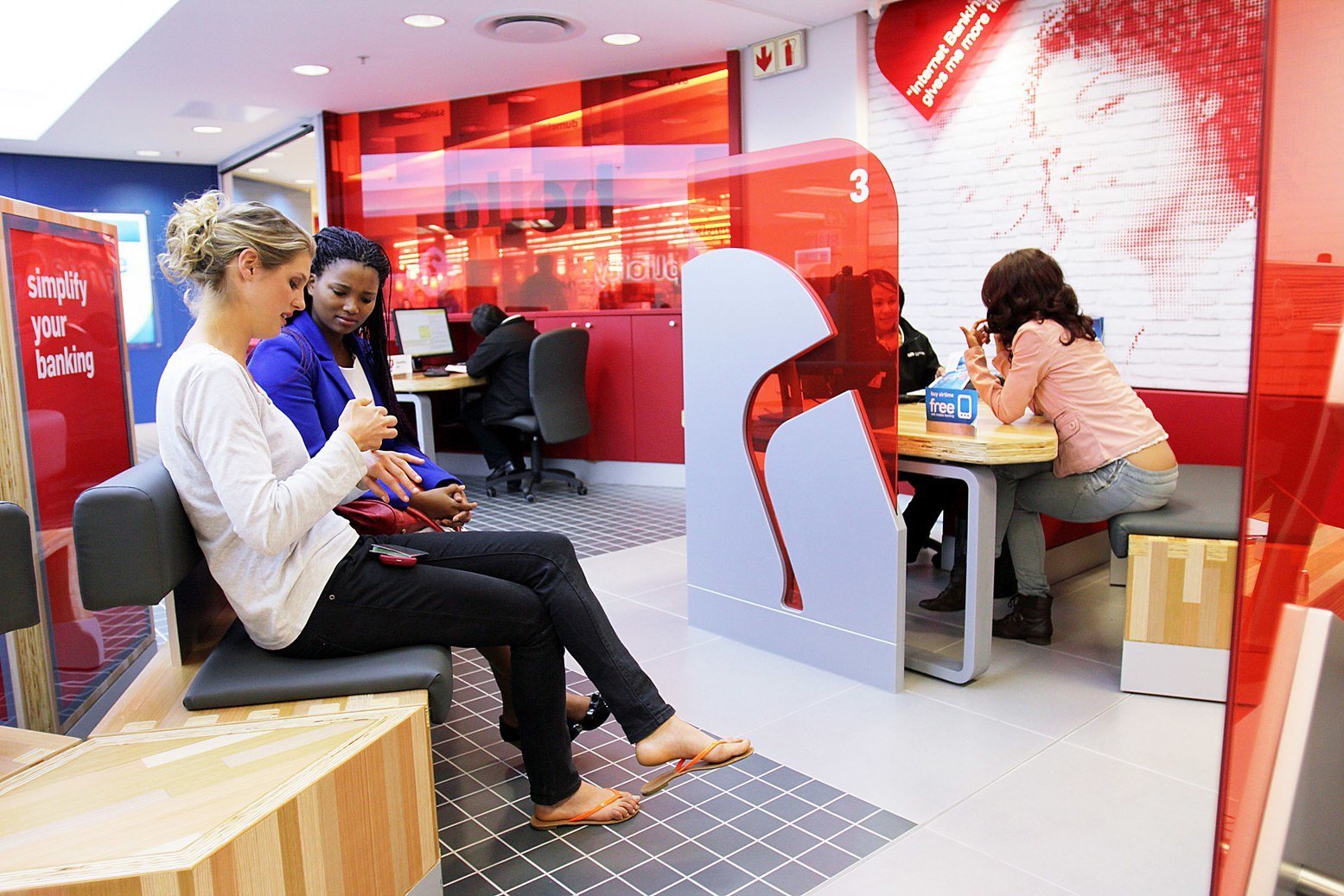There's no stopping Capitec, as it declares surprise special dividend

Capitec Bank has declared a special dividend of 1 500c per share along with a final dividend of 2 440c per share for the year ended February 28. Together with its interim dividend of 1 200c per share, the total amount of gross dividends to be received by shareholders is R51.40. In total, it will have paid out R6 billion (gross) to shareholders in this fiscal.
The special dividend declaration comes after the group implemented an employee broad-based black economic empowerment share scheme in February where R1 billion in shares was issued to approximately 10 500 staff (it took a charge of R700 million in this period for its contribution to funding these shares).
Capitec’s capital adequacy ratio for the year was 36%, on par with last year’s 37% and ahead of the levels from 2018 and 2019 (in Covid-19 impacted 2020, it was 31%). The declaration of a special dividend means the board believes the bank will be more than adequately capitalised in the coming year and that it currently has no better use for the capital.
In 2019, Capitec bought specialist business bank Mercantile for R3.56 billion. It continues to integrate the bank and the unit reported headline earnings of R174.5 million in the year, with a 10% increase in clients. It says the “rebranding of Mercantile Bank … to Capitec Business will accelerate client growth. The Business bank offering will encompass the same principles of accessibility, simplicity, affordability and personalised service that our retail clients have grown to expect”.
CEO Gerrie Fourie says “Today, Capitec is South Africa’s best and biggest retail bank with over 18 million clients. After 22 years of building what is now a fully-fledged bank, for us, the job is not over yet. It has only just begun.”
Overall, Capitec Bank reported headline earnings per share of 7 300c, an increase of 84% on the prior year. It has achieved an annual compound growth rate in headline earnings of 23% since 2012, a decade ago. Its return on equity is 26% and the bank saw a 14% increase in active clients to 18.1 million.
Of this, 10.1 million are using the bank’s digital channels and 4.6 million are what it terms “quality banking clients”. A further 7 million use the bank’s various savings products, 1.7 million have funeral policies and 1.2 million use credit. (There will be an element of double counting in these numbers as a client may, for example, be a primary banking customer, use the bank’s digital channels and hold a credit card).
Fee income
Total transaction volumes increased by 26% to 6.7 billion, while its net transaction income was up 21% to R9.8 billion. Last year, its net transaction, foreign exchange and funeral plan income covered 100% of operating expenses (somewhat due to the impact of Covid-19). This year, this income comprises 92% of its operating expenses, an improvement on the 2020 figure of 91%.
It generated R906 million in income from sales of funeral plans, with active policies growing by 42%. Persistency – in other words the number of policies still active 12 months after being issued – is now 58%, up from 53% in 2020. Claims of R2 billion were paid out last year and are “decreasing steadily” now that the pandemic is subsiding.
Lending
Capitec says total gross loans and advances increased by 12% to R84.1 billion from R75 billion last year and R75.8 billion in 2021. The business bank’s gross loan book increased to R12.9 billion from R11 billion in 2021.
Retail disbursements totalled R44 billion, a 52% increase on last year. It continues to aggressively shift loans to its access facility (from term products), with disbursements more than doubling to R14.2 billion. Term disbursements totalled R18.8 billion (from R28.7 billion in non Covid-19-impacted 2020) while credit card disbursements grew to R11 billion (from R9.8 billion in 2020).
The bank says 56% of its loan book is classified as “low risk”, 23% as “medium risk” and 21% as “high risk”. Much of this change is due to the recovery in the balance sheets and income profiles of customers post the various lockdowns.
Credit impairments decreased by 55% as the it accounted for the full impact of the Covid-19 pandemic last year. In the retail bank, credit impairments totalled R3.3 billion (versus R4.4 billion in 2020). Its credit loss ratio improved to 4.4%, while its expected credit loss ratio of 6.1% exceeds pre-pandemic levels and “reflects prudent provisioning”.

